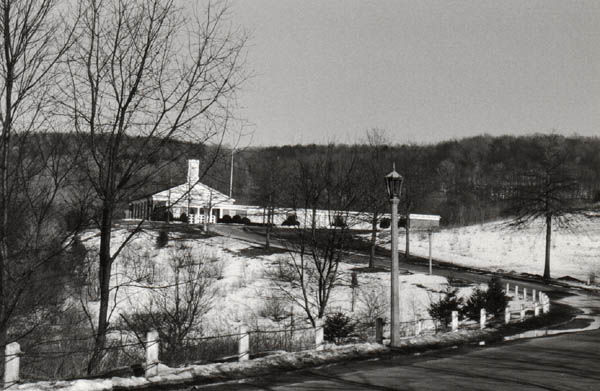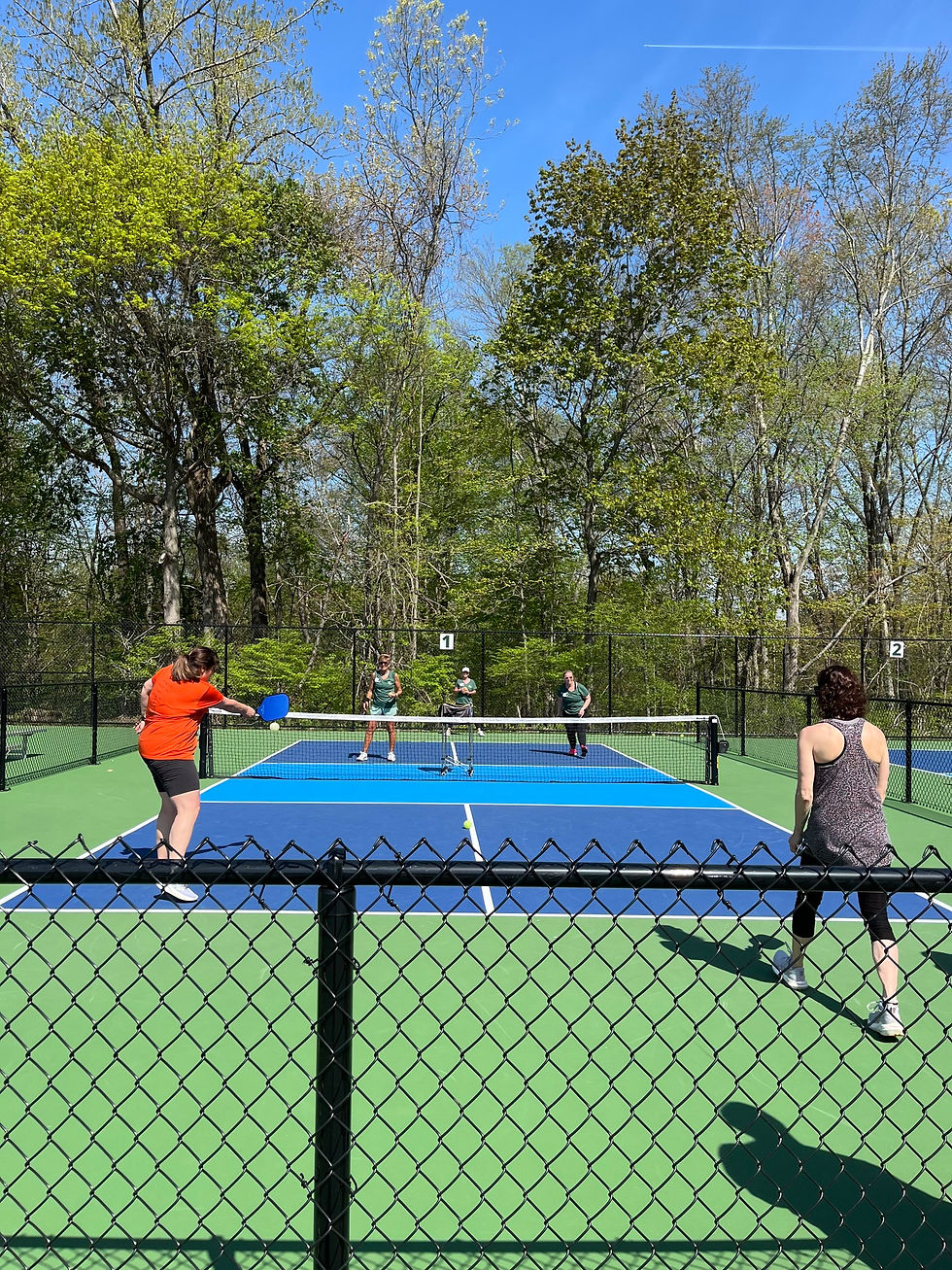Memorial School: A Living Tribute
- David Bourcier
- Sep 24
- 4 min read
Updated: Dec 10
Memorial School is one of Wilbraham’s true treasures. Its story begins in the years following World War II, a time when America was changing rapidly. For decades, Wilbraham’s school population had remained steady, but after 1945, signs of growth began to appear. By September 1949, eighty children entered first grade, an unprecedented number that reflected the national trend of families leaving the cities for the suburbs after the war.

As returning soldiers sought stability and new homes, suburban communities like Wilbraham grew. The 1946 Superintendent’s Report warned of an impending “avalanche” in school enrollment. Anticipating the need, the town had wisely purchased forty-five acres from Richard J. Sackett for $1,000 the year before, setting aside land for a future school.
A school survey committee soon recommended the construction of a ten-room building to meet rising enrollment and close two older schools, one on Springfield Street and another in North Wilbraham. The plan also envisioned an auditorium-gymnasium that could serve both the school and the wider community.
The financial challenge was immense. Between 1908 and 1948, the town’s population had doubled, but school costs had multiplied ninefold, consuming more than half of every tax dollar. The proposed ten-room school was estimated at $290,000, while the addition of a gymnasium-auditorium seating up to 1,000 people would push the cost over $379,000, beyond the town’s statutory borrowing capacity. With the help of Representative Raymond H. Beach, special legislation was filed to allow Wilbraham to borrow the necessary funds.
On February 27, 1948, townspeople voted to move forward with a twelve-room school to be built in phases, with the first phase including six classrooms and an auditorium-gymnasium.
Later that year, at a special town meeting, voters accepted the “Act of the General Court” authorizing borrowing for the project. The building was to be erected on the higher ground of the Sackett property, near Main Street, and centrally located.
Enrollment pressures were undeniable. At Pine School, attendance jumped from 132 children in 1947 to 185 the following year. By 1953, Wilbraham was expected to need twenty-one elementary classrooms, with enrollment for grades one through eight climbing from 331 in 1948 to 558.
The new Memorial School opened on September 1, 1950, with twelve classrooms, eleven of which were immediately filled. The building was dedicated to the memory of Wilbraham residents who gave their lives in World Wars I and II. A bronze plaque in the school’s entryway carried their names, reminding all who entered that the school stood as both a place of learning and a living memorial.
The project cost $520,925.35. With state reimbursement of nearly $188,000, the town’s final cost was about $333,000. Before Memorial School, Wilbraham’s system included eight elementary and four high school grades, with older students attending schools in Springfield, Ludlow, or Palmer. The Town introduced the “6-3-3 system,” keeping elementary and junior high students in town while high schoolers continued their education elsewhere. Memorial School originally served grades 1 through 6 before later transitioning into a junior high school for grades 7 through 9. The curriculum included English, history, mathematics, geography, science, health, home economics, physical education, art, and music, with French, algebra, and social studies added at the ninth-grade level.
Growth continued to strain capacity. In 1952, voters approved further construction, leading to major additions at both Pine and Memorial Schools. Memorial gained seven new classrooms, a library, home-making and industrial arts rooms, lavatories, and storage space.
Over time, more schools were built to keep pace with Wilbraham’s expansion. Minnechaug Regional High School opened in 1959, shifting Memorial’s role to grades 6 through 8. When Wilbraham Junior High opened in 1966, Memorial transitioned again, this time to grades 4 through 6.
For me, Memorial School is more than just a building in the town’s history. I went there in the early 1970s, when it held grades 4 through 6. I still remember the joy of riding my three-speed Columbia bicycle to school and the many friendships and lessons I carried from those years.
Today, the school no longer houses students, but the building remains an active part of the community. Now home to the Wilbraham Parks and Recreation Department, it hosts a variety of activities. Recently, my wife and I visited to play pickleball on the new courts behind the building. The parking lot was full, with people not only playing the sport but also enjoying hikes up Wilbraham Mountain.
The structure itself, built solidly in 1950, remains in excellent condition. Buildings of that era were meant to last. I hope Memorial School will continue to serve the town well into the future. Beyond its walls and classrooms, it carries the memory of the men and women who gave their lives in service to our country. To lose it would be to lose a part of our history. Perhaps one day, it could become a Memorial Community and Recreational Center, honoring its origins while continuing to serve new generations.
Memorial School is not just a building; it is a reminder of sacrifice, a symbol of foresight, and a gathering place for community. It deserves to be remembered, cherished, and preserved.






Fascinating - this was also my middle school although I rode the bus there not my bike :)
memorial school was dedicated to my brother Paul who died in Vietnam back in the early 2000s. It was quite the ceremony for he a nd a afellow service member who have their lives. There were jet flyovers and state reps speakers etc. recently I went up to the school and did not see the plaque placed outside as it had been years previously - do you happen to know where it resides?